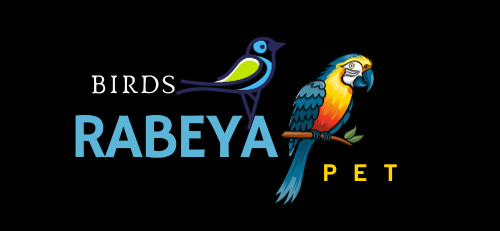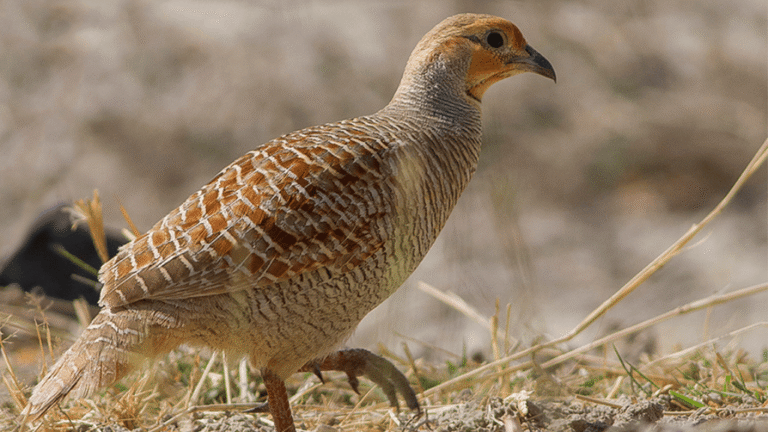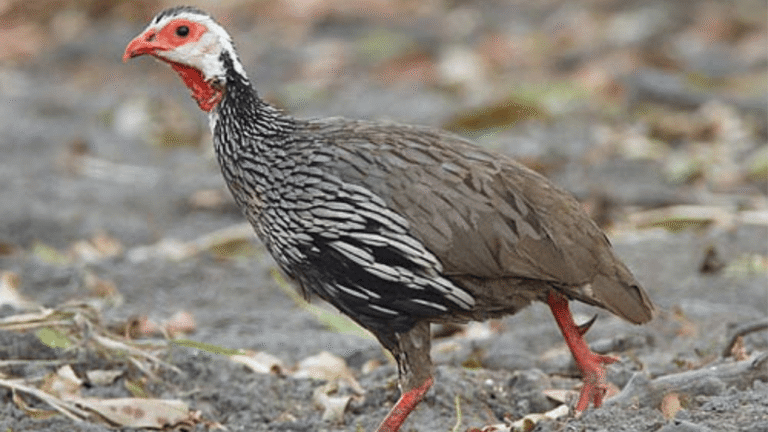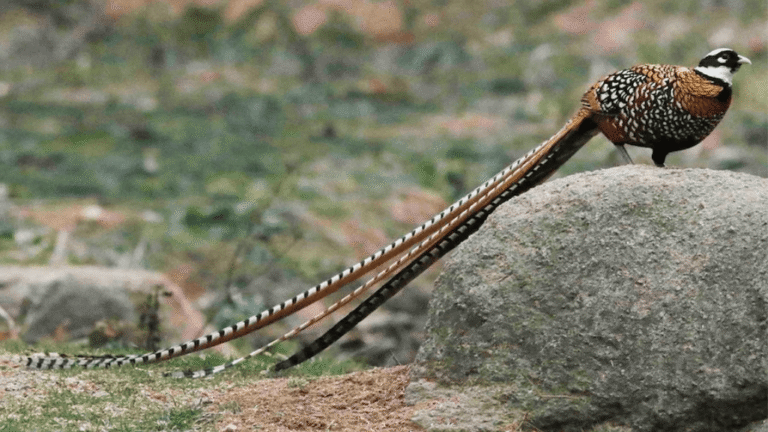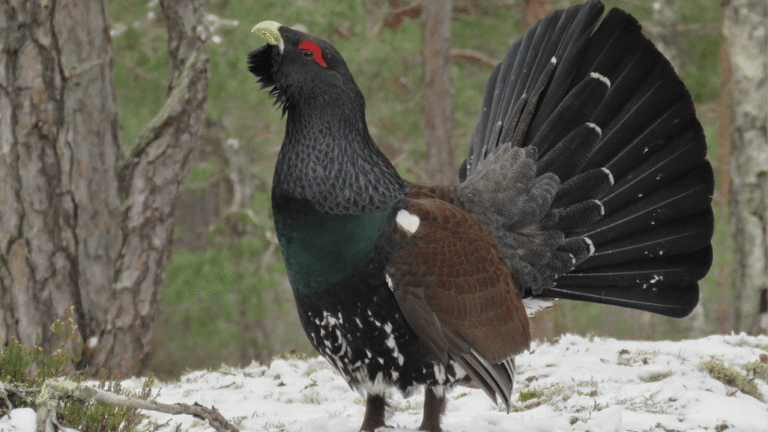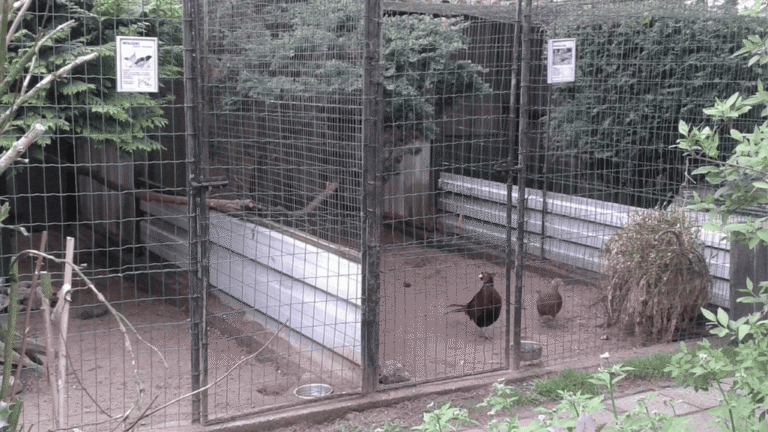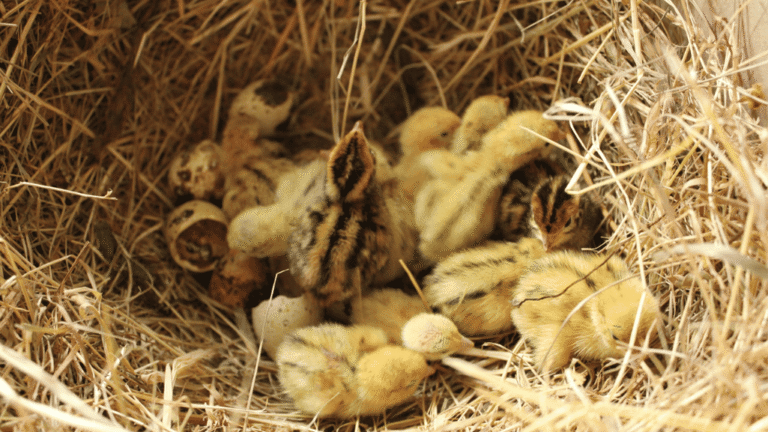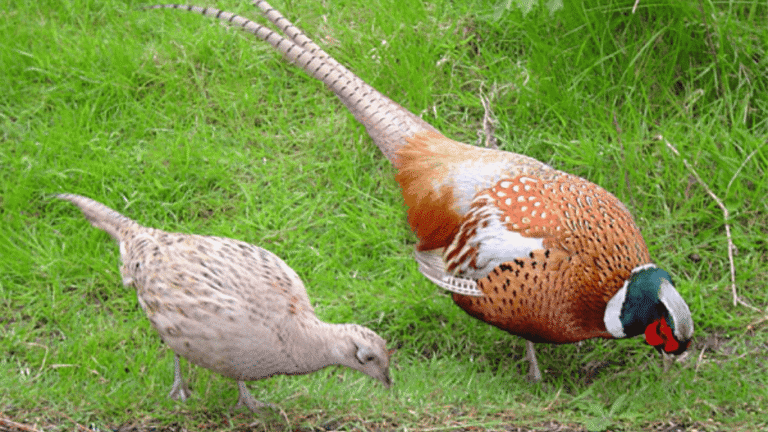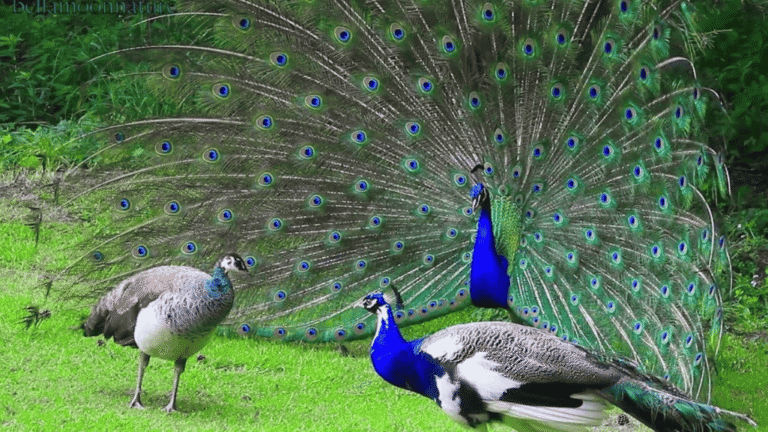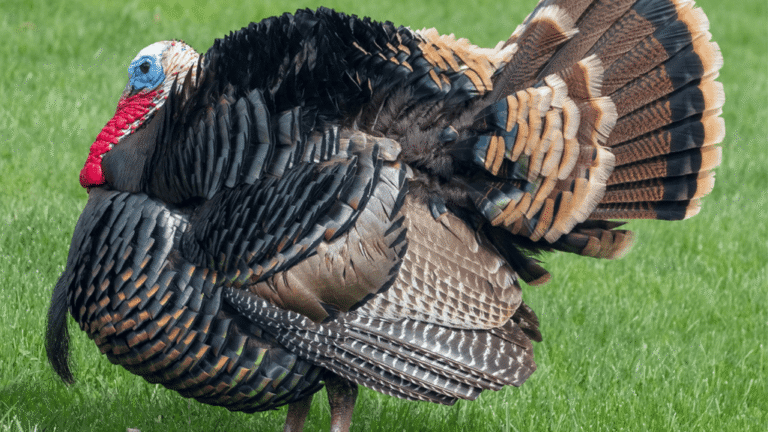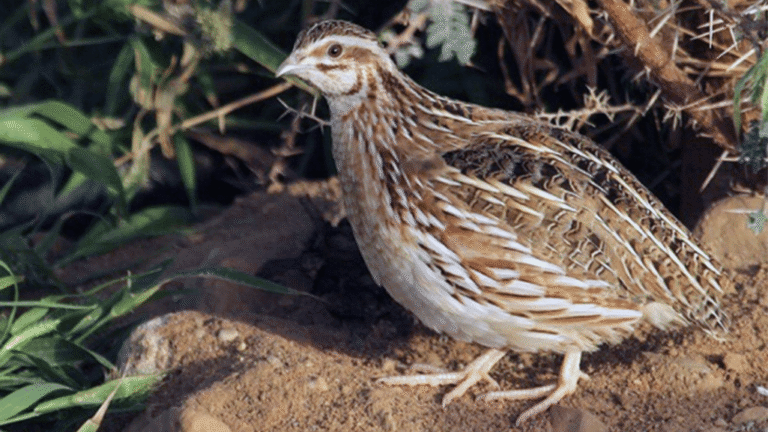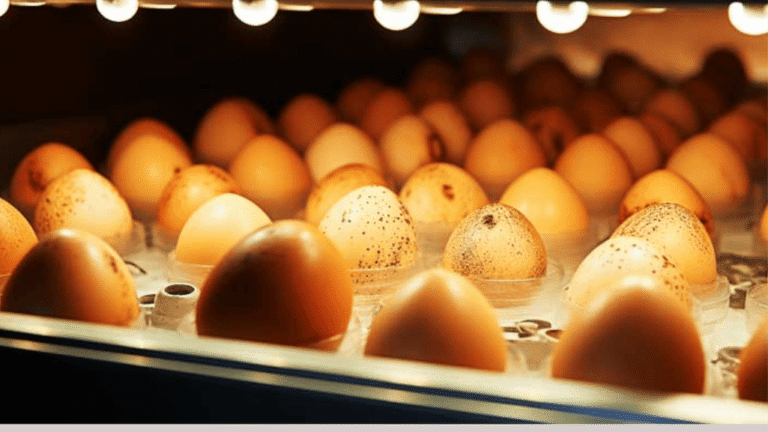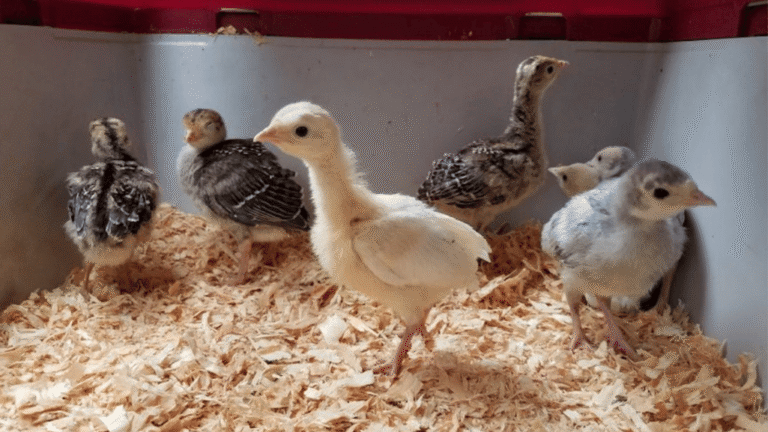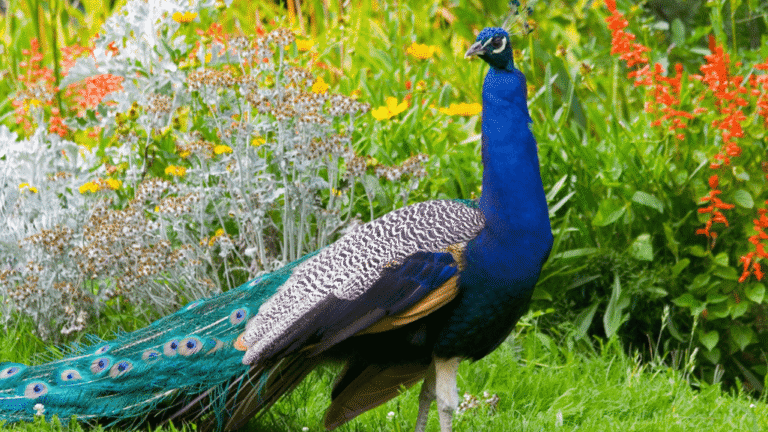Welcome to our comprehensive Japanese quail care sheet! Whether you’re a seasoned quail breeder or a beginner who wants to raise Japanese quails, this guide is packed with valuable information to help you provide the best care for these hardy birds. With proper care, you can enjoy the rewards of quail breeding and have a bountiful supply of fresh quail eggs. So, let’s dive in and explore the essential tips for raising and caring for Japanese quails.
Key Takeaways:
- Japanese quails are hardy birds that thrive in small cages and mature in about 6 weeks.
- Proper care can result in hens laying about 200 eggs in their first year.
- Breeding is best done by grouping one male with two or three females.
- Quails should be provided with clean water and appropriate litter.
- Quails can be fed ad-lib and require different feeds based on their age.
Quail Housing Requirements
When it comes to housing, quails have specific requirements that need to be met to ensure their well-being and comfort. Here are some key considerations for providing suitable housing for your quails:
1. Cage Size and Ventilation
Quails can thrive in small cages, such as converted rabbit hutches, as long as there is adequate ventilation. A good rule of thumb is to have a minimum of 1 square foot of floor space per quail.
2. Outdoor Run
Providing a run with a little grass or other greens is preferable, as it allows quails to forage and engage in natural behaviors. Make sure the run is covered to contain the birds and protect them from injury.
3. Nesting and Perches
Quails do not require elaborate nest boxes or perches. Instead, they prefer a habitat with places to nest and hide, such as cut conifer branches or small logs.
4. Protection from Elements
Housing should provide protection from wet and draughts, especially during colder months. Quails are susceptible to cold stress, so it’s essential to ensure their housing remains dry and well-insulated.
5. Preventing Injuries
Quails are known to fly into wire mesh, potentially causing injuries. To prevent this, it’s crucial to provide boards around the bottom edge of the run to prevent quails from flying into the wire.
6. Introducing Other Pets
When introducing other pets, such as dogs or cats, to the quail’s environment, care should be taken to avoid unnecessary stress for the quails. Always closely monitor interactions to ensure the safety of all animals involved.
By following these housing requirements, you can create a safe and comfortable environment for your quails, promoting their overall health and well-being.
Quail Feeding Guide
Quails can be fed ad-lib and should be given appropriate feeds based on their age.
Young quails can be fed with a high protein starter crumb, such as non-medicated turkey starter crumb. As they grow, they should be switched to a grower/finisher ration with the correct protein level.
Adult quails that are being kept for breeding or egg production require a breeders feed with 18-20% protein. Green foods, such as grass and leafy greens, should also be provided. Adult quails consume around 15g of food per day.
Here’s a summary of the quail feeding guide:
- Feed young quails with high protein starter crumb
- Switch to grower/finisher ration as they mature
- Provide breeders feed with 18-20% protein for adult quails
- Include green foods, like grass and leafy greens, in their diet
- Ensure adult quails consume around 15g of food per day
Feeding quails the right diet is crucial for their growth, health, and productivity. Providing them with a balanced and nutritious feed will contribute to their overall well-being and optimize their performance in breeding and egg production.
Caring for Japanese Quail Chicks
Newly hatched quail chicks require special care during their early weeks. Here are some essential tips to ensure their well-being:
Providing Supplementary Heat
Quail chicks need additional heat to maintain their body temperature. Use a commercial brooder or any other suitable heat source. Position it about 30-46 cm above the floor of the pen to provide adequate warmth. Maintain a temperature of around 35°C during the first week and gradually decrease it by about 3.5°C per week.
Protecting from Cold Draughts
Draughts of cold air can be harmful to quail chicks. Ensure that their nesting area is free from any cold draughts. Provide a warm and comfortable environment to keep the chicks healthy and happy.
Preventing Drowning
Water containers for quail chicks should be filled with pebbles or marbles. This prevents the chicks from drowning while they drink water. The small stones create a safe surface for them to access the water without any risk.
Choosing the Right Litter
 Litter is an essential component of the quail chick’s living space. It helps dilute droppings and absorb moisture, maintaining cleanliness and hygiene. Wood shavings, sawdust, or sand are suitable choices for litter material.
Litter is an essential component of the quail chick’s living space. It helps dilute droppings and absorb moisture, maintaining cleanliness and hygiene. Wood shavings, sawdust, or sand are suitable choices for litter material.
Ensuring Clean Water and Containers
Quail chicks require clean and fresh water at all times. Regularly clean the water containers to prevent the build-up of bacteria or algae. This ensures that the chicks have access to clean and healthy drinking water.
Caring for Japanese quail chicks involves providing a warm environment, protecting them from draughts and drowning, choosing the right litter, and ensuring clean water. By following these guidelines, you can provide the necessary care for these adorable and delicate chicks.
Conclusion
Japanese quails are hardy birds that can thrive in small cages with proper care. By providing appropriate housing, feeding, and care, you can raise healthy and productive quails in your backyard or smallholding. Following the guidelines outlined in the Japanese quail care sheet, you can ensure the well-being of your quails and maximize their egg production.
When it comes to quail breeding, follow the recommended quail breeding tips to achieve successful mating and avoid inbreeding. Consider the specific temperature and humidity requirements during incubation to increase the chances of hatching healthy quail chicks. Treat these newly hatched quail chicks with extra care, providing them with supplementary heat and clean water, in accordance with the caring for Japanese quail chicks guidelines.
To fulfill the quail housing requirements, create a safe and secure environment for your quails. Ensure their housing is well-ventilated, protected from predators, and close to the ground to prevent burrowing. Provide hiding spots and nesting areas, like small logs or cut conifer branches, to meet their natural instincts. By meeting these housing needs, you can protect the quails from injuries and provide them with a comfortable living space.
Feeding your quails a balanced diet is essential for their health and productivity. Consult the quail feeding guide to understand the appropriate feeds for different life stages. Provide them with high-protein starter crumb when they are young, and transition to a grower/finisher ration as they mature. For breeding and egg production, give them a breeders feed with the proper protein level. Additionally, incorporate green foods, such as grass and leafy greens, into their diet to supplement their nutritional needs.
By following these Japanese quail care tips and guidelines, you can enjoy the benefits of raising these wonderful birds. With the right resources and a commitment to their well-being, you can successfully raise Japanese quails and experience the pleasure of collecting fresh quail eggs while appreciating their charming presence in your backyard.
FAQ
What is the average weight of adult male and female Japanese quails?
The average weight of adult male Japanese quails is 100-140g, while females weigh 120-160g.
How many eggs can a Japanese quail hen lay in its first year?
With proper care, a Japanese quail hen can lay about 200 eggs in its first year.
How long does it take for Japanese quails to mature?
Japanese quails typically mature in about 6 weeks and are in full egg production by 50 days of age.
How should quails be housed to prevent burrowing by rats?
Quails should be housed in cages that are close to the ground to prevent burrowing by rats.
What should be provided in the quail run to protect the birds?
The quail run should be covered to contain the birds and protect them from injury.
What should be provided in the quail housing to protect them from wet and draughts?
Quail housing should provide protection from wet and draughts, especially during colder months.
Do quails require elaborate nest boxes or perches in their housing?
No, quails do not require elaborate nest boxes or perches in their housing.
What should be provided in the quail habitat to nest and hide?
Quails prefer a habitat with places to nest and hide, such as cut conifer branches or small logs.
How much food do adult quails consume per day?
Adult quails consume around 15g of food per day.
What should be used to dilute droppings and absorb moisture in the quail pen?
Litter, such as wood shavings, sawdust, or sand, should be used to dilute droppings and absorb moisture in the quail pen.
How long should newly hatched quail chicks be provided with supplementary heat?
Newly hatched quail chicks should be provided with supplementary heat for about 3-4 weeks.
What temperature should be maintained for newly hatched quail chicks during the first week?
The temperature for newly hatched quail chicks should be maintained at around 35°C during the first week.
How should water containers for quail chicks be prepared to prevent drowning?
Water containers for quail chicks should be filled with pebbles or marbles to prevent drowning.

